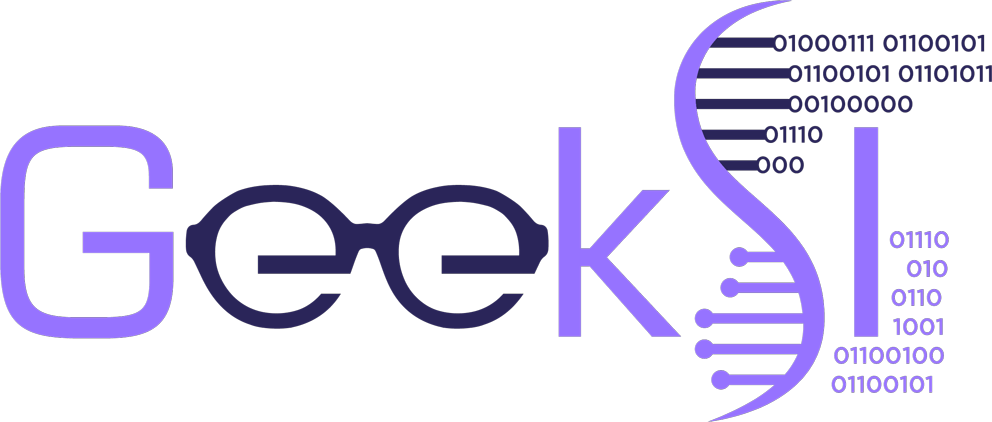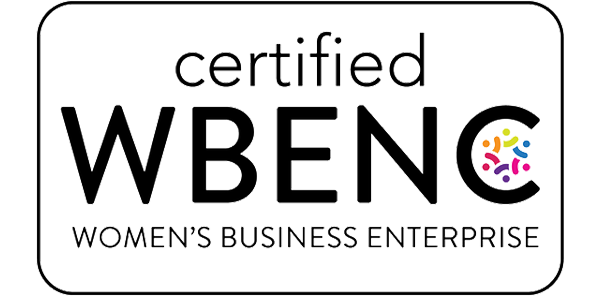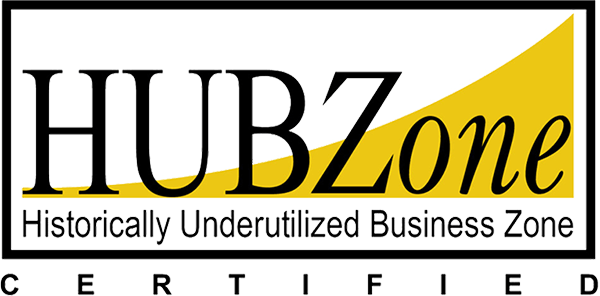You’ve experienced it before, with anything from an app to a kitchen utensil. That feeling that says, “This is like an extension or augmentation of myself.” Maybe you’ve felt the opposite and felt a tool was doing more harm than good in a daily task.
Human Centered Design likely played a role (or failed to) in any device, tool, or software that you use in daily life. Today’s managers and product owners create and follow processes and procedures to make sure daily operations happen smoothly. With an existing product, it’s easy to hone a set of behaviors that achieves good results. However, applying this to designing a new product can be more complex. How do you make sure a new product or service meets its user’s needs? How can you make sure you’re building something for the right audience?
One such methodology is Human Centered Design. It was pioneered by Bill Moggridge who was the cofounder of the design company named IDEO. They have created a website at www.designkit.org which teaches and advocates the use of Human Centered Design.
What exactly is it? It’s a set of activities, frameworks, and protocols that encourage empathy towards the intended user. Ideally creating a product that best serves the audience in mind. It’s tempting to compare it to working methods such as Scrum or Agile. However, those are meant to maximize results being done by a team while Human Centered Design is focused on never losing sight of and staying connected to the audience for which you are creating a product or service.
Picture
How does it work? Human Centered Design takes many forms but I will focus on the methodologies described on www.designkit.org. The Field Guide to Human-Centered Design prefaces any distinct steps with sharing their seven mindsets: Empathy, Optimism, Iteration, Creative Confidence, Making, Embracing Ambiguity, and Learning from Failure. From the beginning it emphasizes that it is an organic process that is not meant to be a cookie-cutter solution to rigid problems. That being said, there are three phases that are described to help you guide your design and keep it human-centric: Inspiration, Ideation, and Implementation.
The Inspiration phase is where you not only define your audience, but also conduct interviews. As strongly as, “What are we building?” Human Centered Design makes you ask, “Who are we building this for?” It’s a time to walk around in the shoes of your potential customers and ensure you understand their needs.
After gathering knowledge, you are ready for the Ideation phase. This knowledge needs to be analyzed and broken down into what can become concrete solutions. But first, you’ll brainstorm and storyboard these ideas and see which have a real and supported possibility of working for your audience. After deeply researching the “who” and the “what” behind your product, you enter the Implementation phase. You’ll start to build prototypes of things you want to make and a plan for how to build them, as well as how to define when you’ve succeeded. If these steps leave you stalling for what to do next, www.designkit.org has a number of methods for each of these phases to break any writer’s block you may have. Some of these methods include “Conversation Starters” for the Inspiration phase, “Gut Check” for the Ideation Phase, and “Roadmap” for the Implementation Phase.
What’s important to remember is that Human Centered Design is a set of tools and mindsets to steer you in the direction of designing for your audience. It places those who you will design for at the center of the process rather than a single creator in charge of all choices. Much like any framework, it’s up to you to adhere to or ignore the guidelines it sets forth.
The next time you are using your favorite app, frustrated while searching in a store, or struggling with a new tool, you’ll find that Human Centric Design can make a difference in your daily life.



